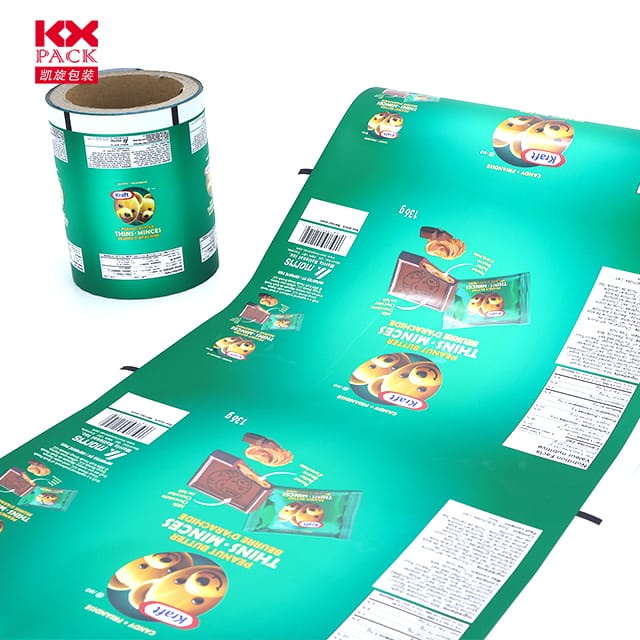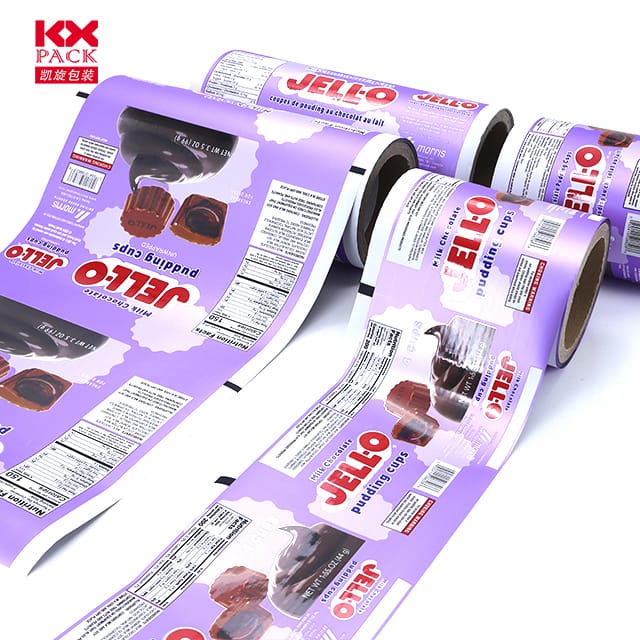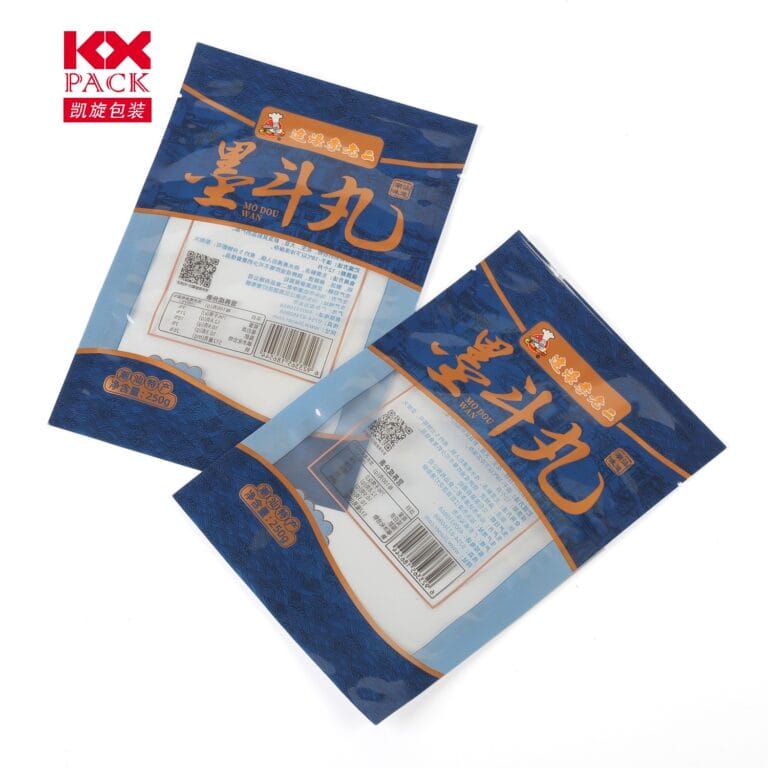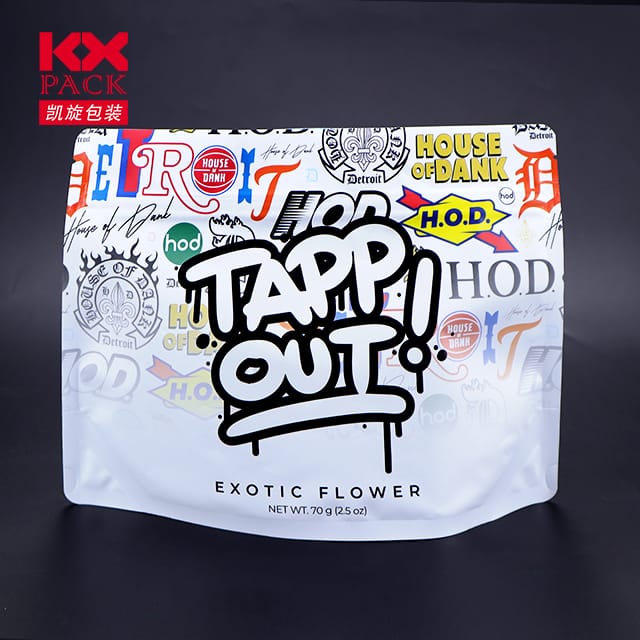فيلم تغليف مرن: The Future of Sustainable and Versatile Packaging Solutions
فيلم تغليف مرن
In today’s fast-paced consumer world, packaging plays a pivotal role in protecting products, تمديد مدة الصلاحية, وتعزيز جاذبية العلامة التجارية. Among the various packaging options available, flexible packaging film برز كتحول اللعبة, offering unmatched versatility, الاستدامة, والوظائف. From food and beverages to pharmaceuticals and personal care products, flexible films are revolutionizing how we package and consume goods. Let’s dive into what makes this material so innovative and why it’s becoming the preferred choice for businesses worldwide.
What Is Flexible Packaging Film?
Flexible packaging film refers to a type of packaging made from lightweight, pliable materials such as plastic, aluminum foil, أو البوليمرات القابلة للتحلل. Unlike rigid packaging (على سبيل المثال, glass jars or metal cans), flexible films can be molded, folded, or sealed into various shapes and sizes, making them ideal for a wide range of applications. Common examples include stand-up pouches, أكياس الوجبات الخفيفة, تغليف القهوة, and even medical wraps.
Key Features of Flexible Packaging Film:
- خفيف الوزن: Reduces shipping costs and carbon footprint.
- متينة: Resistant to tears, punctures, والرطوبة.
- Customizable: Available in different thicknesses, الألوان, وينتهي (على سبيل المثال, غير لامع, لامع, أو معدني).
- خصائص الحاجز: Can be engineered to block oxygen, ضوء, or odors, الحفاظ على نضارة المنتج.
- قابل للطباعة: High-quality graphics and branding can be directly printed onto the film.
The Rise of Flexible Packaging: Market Trends and Drivers
The global flexible packaging market is experiencing exponential growth, driven by several key factors:
1. Sustainability Demands
Consumers and governments are increasingly prioritizing eco-friendly packaging solutions. Flexible films address this by:
- Reducing Material Waste: Thinner films use less raw material compared to rigid alternatives.
- Recyclabality: Many flexible films are now recyclable or compostable, thanks to advancements in bioplastics and chemical recycling technologies.
- Lower Carbon Footprint: Lightweight packaging requires less energy to transport, reducing greenhouse gas emissions.
2. Convenience and Portability
Modern lifestyles demand packaging that is easy to carry, open, and reseal. Flexible films excel in this area with features like:
- Resealable Zippers: Ideal for snacks and granola bars.
- أكياس صنبور: Perfect for liquids like juices or sauces.
- Single-Serve Packets: Popular in the foodservice and travel industries.
3. Product Protection and Shelf Life Extension
Flexible films can be tailored with advanced barrier layers to protect products from:
- Oxygen and Moisture: Preventing food spoilage and maintaining crispness.
- UV Light: Shielding sensitive products like pharmaceuticals from degradation.
- Contamination: Ensuring hygiene in medical and food packaging.
4. فعالية التكلفة
For manufacturers, flexible packaging offers significant cost savings:
- Lower Production Costs: Films are cheaper to produce than rigid containers.
- Efficient Storage: Flexible packaging takes up less space in warehouses and on shelves.
- Reduced Shipping Costs: Lighter packages mean lower transportation expenses.
Applications of Flexible Packaging Film Across Industries
1. الغذاء والمشروبات
- Fresh Produce: Breathable films extend the shelf life of fruits and vegetables.
- Snacks: Chips, المكسرات, and candies are packaged in vibrant, resealable pouches.
- Coffee and Tea: High-barrier films preserve flavor and aroma.
- Dairy Products: Yogurt cups and cheese wraps benefit from moisture-resistant films.
2. Pharmaceuticals and Healthcare
- Blister Packs: Flexible films protect pills and tablets from humidity and contamination.
- Medical Devices: Sterile packaging ensures the safety of surgical tools and implants.
- Transdermal Patches: Adhesive films deliver medication through the skin.
3. العناية الشخصية ومستحضرات التجميل
- Shampoo and Lotion Pouches: Space-saving alternatives to traditional bottles.
- Makeup Wipes: Individually wrapped wipes stay moist and hygienic.
- Toothpaste Tubes: Flexible laminates reduce plastic waste compared to rigid tubes.
4. الصناعية والزراعية
- Fertilizers and Chemicals: Durable films prevent leaks and corrosion.
- Animal Feed: UV-resistant bags protect contents from sunlight.
- Construction Materials: Waterproof wraps shield building supplies from the elements.
Innovations in Flexible Packaging Film Technology
The industry is constantly evolving, with new materials and processes pushing the boundaries of what’s possible:
1. أفلام قابلة للتحلل وقابلة للسماد
Companies are developing films made from plant-based materials like cornstarch, قصب السكر, أو السليلوز. These films break down naturally, reducing plastic pollution.
2. Active and Intelligent Packaging
Smart films incorporate sensors or indicators to monitor product freshness, درجة حرارة, or tampering. على سبيل المثال:
- Time-Temperature Indicators (أب): Change color if a product has been exposed to unsafe temperatures.
- Oxygen Scavengers: Absorb excess oxygen to prevent food spoilage.
3. High-Barrier Nanocomposites
Nanotechnology is being used to create ultra-thin films with exceptional barrier properties, allowing for thinner packaging without compromising performance.
4. الطباعة الرقمية
Advances in digital printing enable high-resolution, on-demand branding, reducing waste and enabling smaller production runs.
التحديات والطريق المقبلة
Despite its many advantages, flexible packaging film faces some challenges:
- Recycling Infrastructure: Many communities lack the facilities to process multi-layered flexible films.
- تصور المستهلك: Some still associate plastic packaging with environmental harm, even when eco-friendly alternatives exist.
- Cost of New Materials: Biodegradable films can be more expensive than traditional plastics, though prices are expected to decline as adoption grows.
لكن, the industry is actively addressing these issues through:
- Collaboration with Recyclers: Developing standardized recycling programs for flexible packaging.
- Education Campaigns: Informing consumers about the benefits of sustainable flexible films.
- Government Incentives: Policies that encourage the use of recyclable or compostable materials.
استنتاج: Why Flexible Packaging Film Is Here to Stay
Flexible packaging film represents a perfect blend of innovation, الاستدامة, and practicality. As consumer preferences shift toward eco-friendly and convenient solutions, this versatile material is poised to dominate the packaging landscape. Whether you’re a brand looking to reduce your environmental impact or a consumer seeking practical, high-quality packaging, flexible films offer a winning solution.
What’s your take on flexible packaging film? Have you noticed any exciting innovations in your daily life? شارك أفكارك في التعليقات أدناه! 🌱📦







